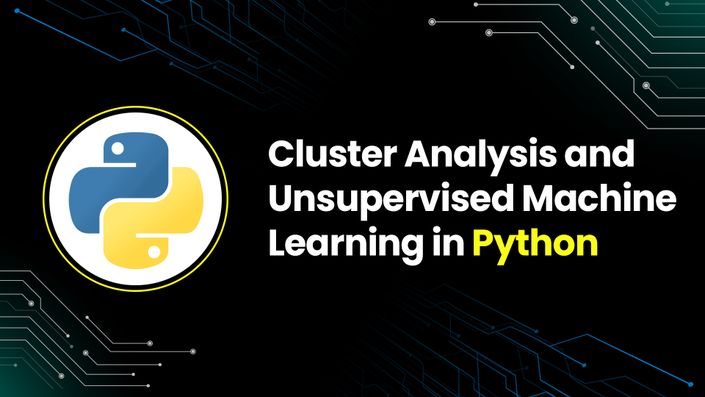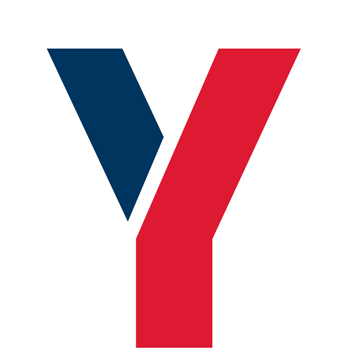
Cluster Analysis and Unsupervised Machine Learning in Python
Cluster Analysis: core concepts, working, evaluation of KMeans, Meanshift, DBSCAN, OPTICS, Hierarchical clustering
Tailored for data scientists, analysts, and enthusiasts, this program provides a comprehensive exploration of cluster analysis techniques, empowering learners to uncover hidden patterns and structures within data without the need for labeled examples.
What You Will Learn:
- Introduction to Unsupervised Learning and Clustering:
- Gain a foundational understanding of unsupervised learning and its applications.
- Explore the principles of cluster analysis and its role in identifying natural groupings within datasets.
- Types of Clustering Algorithms:
- Dive into various clustering algorithms, including K-Means, Hierarchical Clustering, and DBSCAN.
- Understand the strengths and weaknesses of each algorithm and when to use them.
- Data Preprocessing for Clustering:
- Learn effective techniques for preparing and preprocessing data before applying clustering algorithms.
- Explore methods for handling missing values, scaling features, and selecting relevant variables.
- K-Means Clustering:
- Implement the K-Means clustering algorithm using Python libraries such as scikit-learn.
- Understand how K-Means partitions data into clusters based on similarity.
- Hierarchical Clustering:
- Explore hierarchical clustering methods, including agglomerative and divisive approaches.
- Learn how to visualize and interpret hierarchical cluster dendrograms.
- Density-Based Clustering (DBSCAN):
- Understand the principles of density-based clustering using the DBSCAN algorithm.
- Explore how DBSCAN identifies clusters based on density differences in the data.
- Evaluation Metrics for Clustering:
- Learn how to evaluate the quality of clustering results using metrics such as silhouette score and Davies-Bouldin index.
- Understand the importance of choosing appropriate evaluation metrics for different types of data.
- Applications in Data Mining and Pattern Recognition:
- Apply cluster analysis techniques to real-world applications, including data mining and pattern recognition.
- Explore case studies showcasing the use of clustering in solving practical problems.
The instructors provide a clear and detailed exploration of clustering algorithms, making complex concepts accessible. The practical exercises and real-world applications helped me solidify my understanding of the material.
— Sarah
The content is well-organized, and the instructors guide you through the intricacies of clustering with clarity. The hands-on exercises were engaging, and the real-world applications provided context to the theoretical concepts
— Alex
Your Instructor

Yoohoo Academy has taught 100,000+ students everything from Lift Style to Fitness Training, Cyber Security, to Ethical Hacking, Facebook Ads, to SEO, Email Marketing, to eCommerce, Business Investing, to Social Media Marketing, to Launching your own Business, Marketing/Ad Agency!
Yoohoo Academy is a Multination company that offers an ever growing range of high-quality online courses that teach using hands-on examples from experts in the field of study and tested research; all backed with high-quality, studio voiceover narrated videos! The emphasis is on teaching real life skills that are essential in today's world.
All Yoohoo Academy courses are taught by experts in their field who have a true passion for teaching and sharing their knowledge.
